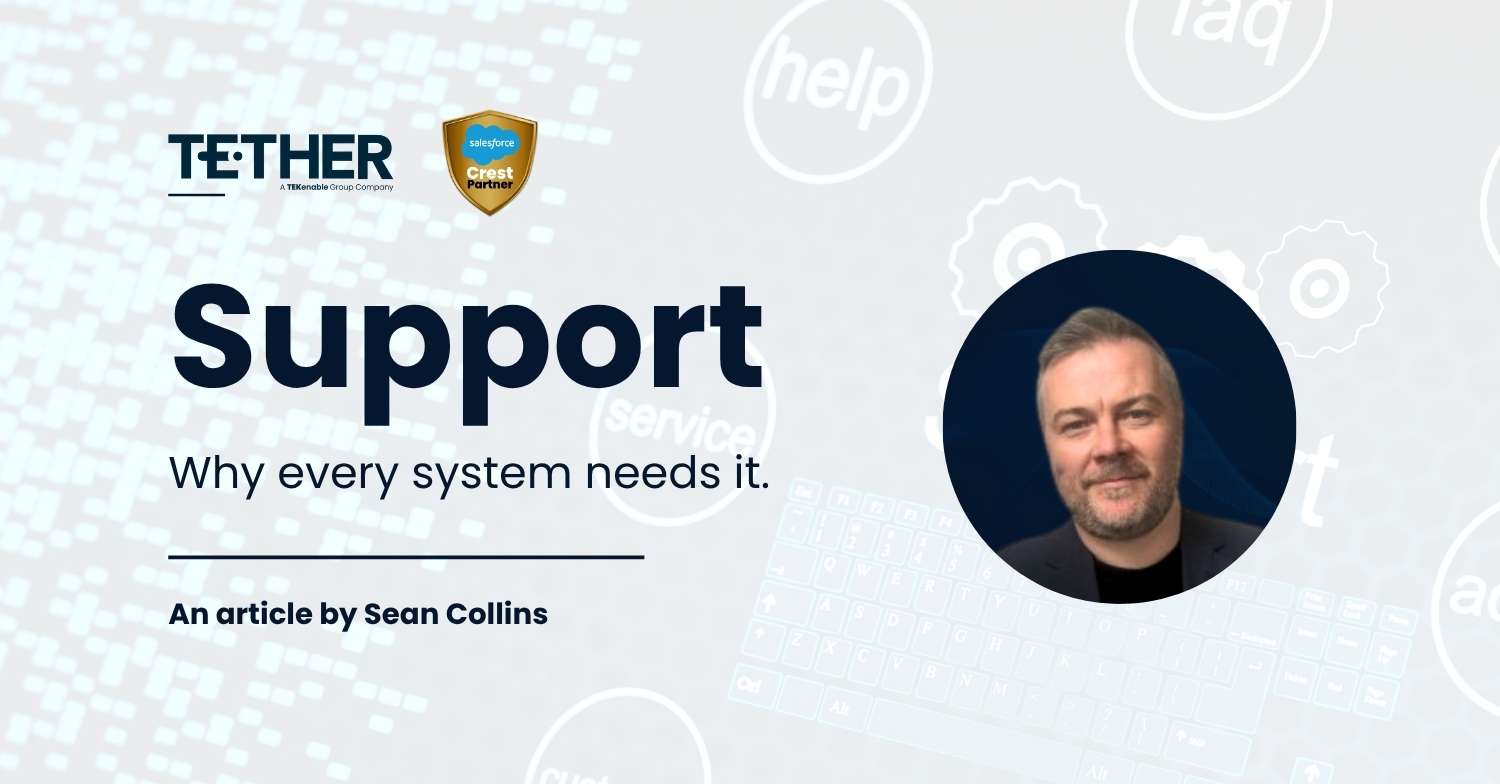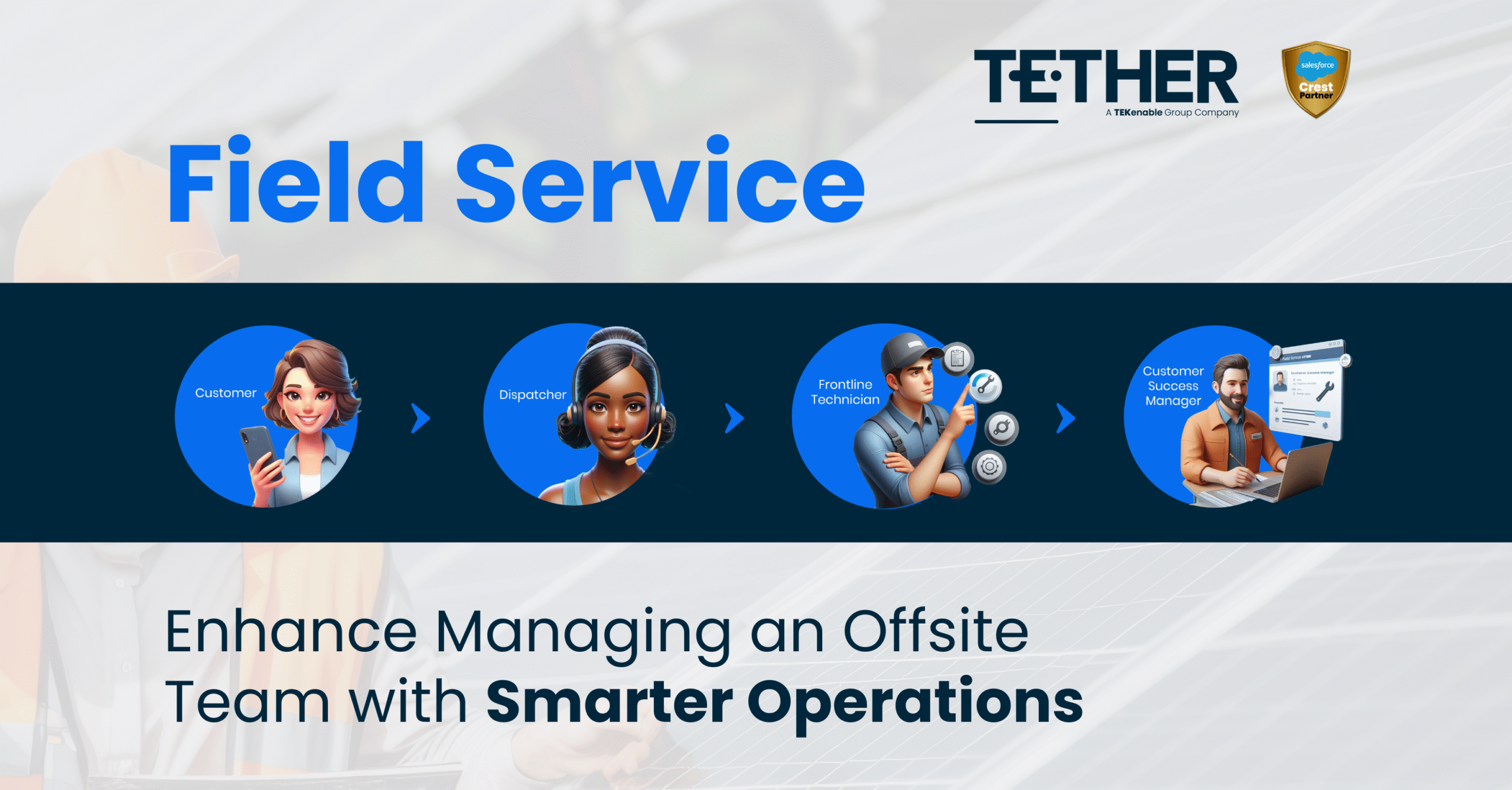How do I Successfully Harness and Interpret Data for my Business?
In an era where data drives the majority of business decisions, the ability to effectively harness and interpret that data is crucial for success. Salesforce Analytics offers businesses the tools needed to not just collect data, but to transform it into actionable insights that propel the organisation forward. This is particularly critical for managers, directors and C-suite executives, who rely on accurate, real-time information to guide strategic decisions.
How can Data be used as a Strategic Asset?
Every organisation generates a wealth of data from various sources, including customer interactions, sales figures, market trends, and internal operations. However, the challenge lies not in the collection of data, but in its interpretation and application. Raw data, without context or analysis, is of limited value. That is why Salesforce Analytics enables organisations to convert this data into meaningful insights, providing a clearer picture of the business landscape and enabling informed decision-making.
How can I make Data Actionable with Salesforce?
Salesforce Analytics is not just another data analysis tool; it’s a strategic asset that can be customised to align with the specific needs of a business. The platform integrates data from across the organisation, breaking down silos that often hinder a unified view of operations. This integration allows for the creation of a single source of truth, where executives can access the information they need, when they need it.
For Example:
Consider a company aiming to increase its annual revenue by 20%. Salesforce Analytics can:
Track relevant KPIs such as monthly sales growth, average deal size, and conversion rates. This allows the executive team to monitor progress in real-time, identify any potential bottlenecks, and adjust strategies as needed to stay on target.
How can I Predict the Future with Data?
For Example:
Salesforce’s AI-driven Analytics can:
Predict which leads are most likely to convert, enabling the sales team to focus their efforts on high-potential prospects. This not only increases efficiency but also drives revenue growth by ensuring that resources are allocated where they will have the most impact.
Can I use Customisation for Maximum Impact?
No two businesses are the same, and neither are their data needs. Salesforce Analytics recognises this and offers a high degree of customisation. Whether it’s creating bespoke dashboards that cater to specific departments or generating detailed reports that delve into the finer points of business performance, Salesforce can be tailored to meet the unique requirements of any organisation.
For Example:
Effective dashboards are central to customisation, they should be designed to:
Predict which leads are most likely to convert, enabling the sales team to focus their efforts on high-potential prospects. This not only increases efficiency but also drives revenue growth by ensuring that resources are allocated where they will have the most impact.
How can I Implement Salesforce Analytics for Success?
The successful implementation of Salesforce Analytics requires more than just technical know-how; it demands a clear understanding of the business’s goals and how data can be used to achieve them. This begins with defining SMART (Specific, Measurable, Achievable, Relevant, Time-bound) goals and identifying the KPIs that will track progress towards these goals.
For Example:
If a business’s goal is to improve customer satisfaction, relevant KPIs might include:
Net Promoter Score (NPS), customer retention rates, and the average response time to customer inquiries. These metrics should be closely monitored and analysed using Salesforce’s powerful reporting tools, ensuring that the business stays on track to meet its objectives.
The Role of Custom Dashboards and Reports
Dashboards and reports are the engines that drive data-driven decision-making within Salesforce Analytics. Dashboards provide a real-time visual representation of key metrics, while reports offer deeper insights into specific areas of the business. Customisation is key here; dashboards should be designed to highlight the most important information, tailored to the needs of the user.
For Example:
Aa sales manager’s dashboard might feature graphs showing monthly sales trends, a pie chart of sales by region, and a list of top-performing sales representatives. These visual elements make it easier to monitor performance and identify trends at a glance.
Reports, on the other hand, allow for more detailed analysis. Salesforce’s reporting capabilities enable businesses to create customised reports that focus on the data points most relevant to their objectives. These reports can be used to track everything from sales performance to customer satisfaction, providing the insights needed to make informed decisions.
Conclusion: Turning Data into Business Success
In a data-driven world, the ability to effectively interpret and act on data is a key determinant of business success. Salesforce Analytics provides the tools needed to transform raw data into actionable insights, enabling businesses to align their strategies with their goals and drive tangible results.
At Tether
We understand the importance of aligning Salesforce with clear business objectives. We work closely with our clients to ensure that their Salesforce implementation is tailored to their specific needs, enabling them to unlock the full potential of their data and achieve their business goals. As a leading Salesforce Partner in the UK, we’re here to help you navigate the complexities of data-driven decision-making and realise your vision for success.




